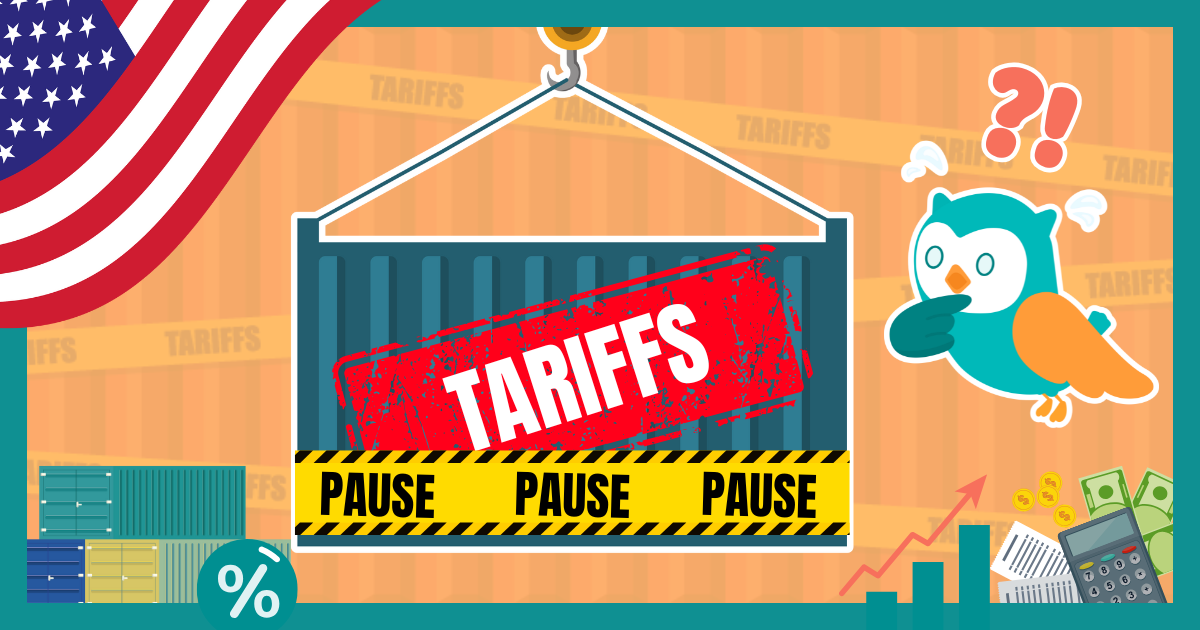Note: It was announced in November 2023 that MoneyOwl will be acquired by Temasek Trust to serve communities under a re-purposed model, and will move away from direct sale of financial products. The article is retained with original information relevant as at the date of the article only, and any mention of products or promotions is retained for reference purposes only.
______________
Singaporeans will soon receive greater support for the cost of cancer treatment, but there are certain factors about your insurance planning you need to be mindful of.
The Ministry of Health (MOH) recently announced that come September 2022, cancer patients will get more support when it comes to the cost of their cancer treatment as a result of changes to MediShield Life claim limits for outpatient cancer treatment and more government subsidies for certain high-cost drugs. These recommendations by the MediShield Life Council are targeted at ensuring that Singaporeans can continue to access good and affordable cancer drugs treatment while keeping the premiums of MediShield Life sustainable now and into the future.
What will be the key changes in MediShield Life?
From September 2022, only cancer drug treatments that have been clinically proven and are cost-effective will be claimable under MediShield Life. MOH has curated a list of such drug treatments, which will be updated every four months. These drugs have to be approved by Singapore’s Health Sciences Authority (HSA) and assessed through the Health Technology Assessment process for cost-effectiveness. MOH has also agreed to include 90% of existing cancer drug treatments that are commonly used in the public sector but may not have been included when assessed for cost-effectiveness into the list. Separately, the Life Insurance Association (LIA) of Singapore said that Integrated Shield Plan (IP) insurers have agreed to implement similar shifts by 2023.
In addition, a different claim limit will be established for cancer drugs ($200 – $9,600 per month) and drug services ($1,200 per year) such as consultation and lab investigation fees. The cancer drugs claim limits will be further tiered, similar to the surgical table, in line with the agreed cost-effective price. This will enable Singapore to negotiate for better drug prices from the manufacturers. With successful price negotiations that lower these drug prices for the public sector by an average of 30%, more of these drug costs can come under government subsidy as well.
How will this affect you?
With these changes, it is expected that close to 90% of subsidised cancer treatments that are clinically proven and cost-effective, i.e. falls within the MOH list, will have their cancer drug bill fully covered by subsidy, MediShield Life and MediSave. However, it also means that using drugs that fall out of this list will not be supported by both subsidy and MediShield Life, resulting in higher out-of-pocket expenses.
If you currently own an IP, you will be able to continue receiving as-charged coverage for outpatient cancer drug treatments until April 2023. Thereafter, outpatient cancer treatment coverage on the main IP will only be extended to drugs on the approved list. It remains to be seen if IP riders that are paid using cash, will provide policyholders with the flexibility to obtain additional coverage for cancer drug treatments outside of the list.
Should you or your family members ever need to seek treatment for cancer, your primary focus is to beat the cancer. You may be willing to try emerging therapies or traditional medicine even if there is limited clinical evidence and/or the cost is high. When these treatments are no longer claimable under your health insurance policies, you will have to depend on other means to foot the bill.
Should you then consider additional coverage to close this gap? It depends on a few factors:
- Do you want to only depend on approved cancer drug treatments for yourself and your loved ones?
- Do you have other financial resources to cover the cost of treatments that fall outside of this list?
- Based on your family history and lifestyle, do you have a higher risk for cancer?
- Is recovery at all costs a key concern at your current life stage?
If your answer is “No” to questions 1 and 2, and “Yes” to questions 3 and 4, then you should seriously consider additional coverage. One way to do this is by taking up a critical illness or cancer-only plan as these will pay out a lump sum benefit in the event of cancer. Unlike a hospitalisation plan that reimburses you the costs of approved treatments, this lump sum benefit can be used flexibly to either replace loss of income or pay for medical expenses that will no longer be covered under MediShield Life or your IP.
You can get a term policy to provide this coverage to last you until retirement or when you have no more dependents as this would be more cost-efficient. While you will no longer have such coverage in retirement, your considerations would likely have changed also, i.e. you may be less adventurous or desperate to seek alternative treatments, or you would have built up a sizeable retirement nest egg that can be used to offset some of these costs.
Alternatively, if you still would like to have this additional coverage to last you through retirement, you can get a whole of life critical illness plan with a modest coverage of about $100,000 to $150,000 (sufficient to cover one year of immunotherapy, which is thus far the newest and most expensive treatment available). However, a whole of life critical illness coverage can be expensive especially if bought at an older age and this purchase should be balanced against your other financial priorities.
==============================================================
Further Reading: Why do we need this change to MediShield Life?
According to the MediShield Life Council report, the spending on cancer drugs has been growing at a Compound Annual Growth Rate of 20%, far exceeding the 6% for non-cancer drugs. This is partly due to rising cancer prevalence among Singapore Residents. Between the five-year period of 2013-2017, there was a total 71,748 newly diagnosed cancer cases, a 25% increase from the preceding five-year period. The other reason can be attributed to medical advancements, which has provided more treatment options at a higher cost.
To address this concern, two key strategies were identified – to negotiate with drug manufacturers for better prices for cancer drugs and to encourage the use of clinically proven and cost-effective drug treatments. Singapore is currently paying higher prices for cancer drugs compared to countries like Taiwan, South Korea, Australia, and New Zealand. This is because the current MediShield Life claim of $3,000 per month, though sized to be sufficient to cover most of the bills for subsidised patients, is blunt. It does not incentivise drug manufacturers to offer better prices or encourage use of clinically proven and cost-effective treatments since MediShield Life pays up to the claim limit regardless. This is why the key recommendations are targeted at altering these claim limits and the conditions at which they can be claimed from.
Don’t forget, insurance is an expense thus the more you spend on it, the less you have for other life goals. If you would like to seek holistic advice on how to go about mitigating risk, our pool of qualified client advisers will be best placed to guide you.
To speak to a client adviser about your financial and insurance needs, reach out to us today!




